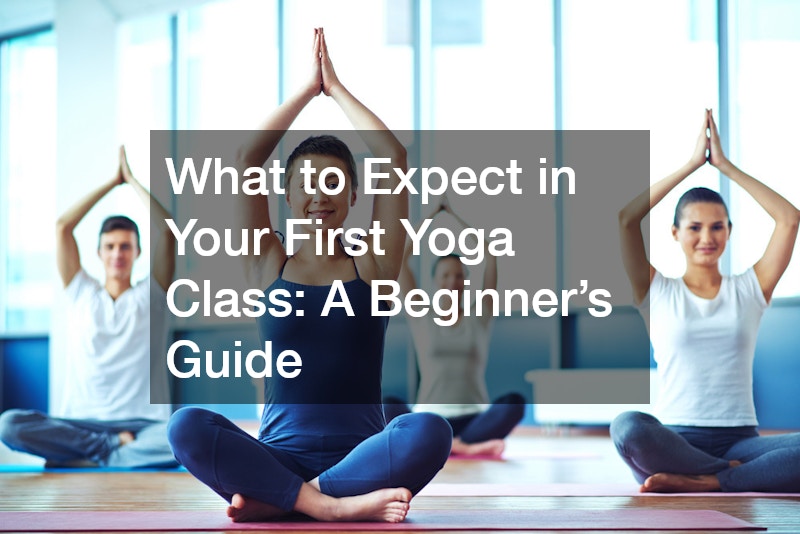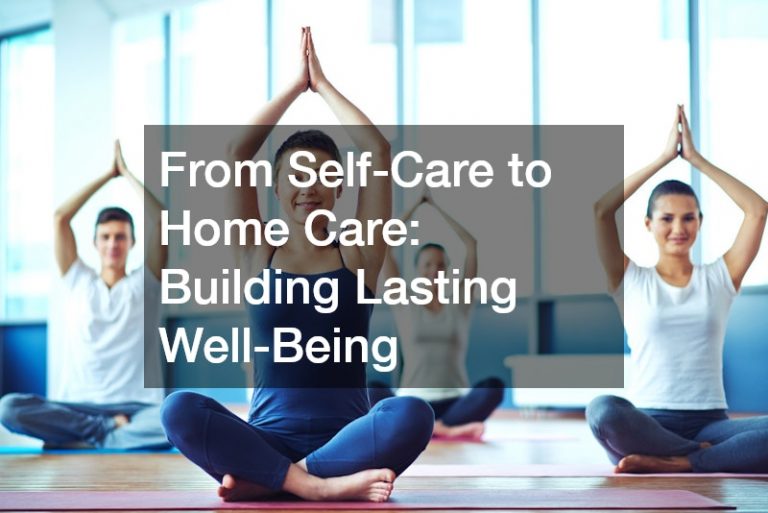Attending your first yoga class can feel both exciting and intimidating, especially if you’re unsure what to expect. Yoga has become increasingly popular for its numerous physical and mental benefits, including flexibility, strength, relaxation, and mindfulness. For beginners, knowing what to anticipate can help ease nerves and prepare you for a rewarding experience.
This guide will walk you through the key things to expect in your first yoga class, ensuring that you feel confident and prepared when stepping onto your mat.
Choosing the Right Yoga Class
The first step in your yoga journey is finding the right class for your level. Many different types of yoga exist, and some are better suited to beginners. If you’re just starting, consider trying Hatha or Vinyasa yoga or another light or intensive yoga course, which is often slower-paced and focuses on basic poses and breathing techniques. Many studios or online platforms offer classes specifically labeled as “beginner” or “introductory,” which is a great way to ease into the practice without feeling overwhelmed by advanced poses.
Before attending your first class, check with the studio or instructor to confirm that the class is beginner-friendly. Some teachers may also offer modifications and variations for beginners, ensuring you don’t feel pressured to keep up with more experienced students.
What to Wear and Bring
When attending your first yoga class, comfort is key. Wear clothes that allow for a full range of motion but are also form-fitting enough that the instructor can see your posture. Popular choices include leggings or yoga pants paired with a moisture-wicking top. Avoid overly loose clothing that may get in the way during poses.
Most studios provide yoga mats, but if you’d prefer to bring your own, choose one with good grip to prevent slipping. A water bottle is also useful to stay hydrated throughout the session, though avoid heavy meals right before the class. Some students also bring yoga blocks, straps, or towels, but many instructors will have these available for use.
Arriving Early and Setting Up
Arriving 10–15 minutes early to your first yoga class is always a good idea. This gives you time to meet the instructor, ask any questions, and familiarize yourself with the space. Many studios have a peaceful, calming atmosphere to help you relax before class begins.
When you arrive, set up your mat in a spot where you can easily see the instructor. If you’re nervous, don’t hesitate to choose a spot near the back, but make sure you can still observe the poses clearly. The more relaxed and settled you feel before the class begins, the better your experience will be.
The Structure of a Typical Yoga Class
Most yoga classes follow a general structure that includes breathing exercises, poses, and relaxation. Here’s what you can expect:
Warm-up: Classes typically start with gentle breathing exercises, also known as pranayama, to help you center yourself and bring your awareness to the present moment.
Poses (Asanas): The bulk of the class will be dedicated to different poses, which vary depending on the type of yoga. Beginners will practice foundational poses like Downward Dog, Warrior I, and Child’s Pose. Your instructor will guide you through each pose, often providing cues for proper alignment. Don’t worry about getting everything perfect; yoga is a personal practice, and it’s more important to focus on how you feel than how you look in a pose.
Cool-down: After the main sequence of poses, you’ll wind down with stretches and more restorative postures.
Savasana: Many yoga classes end with a relaxation period called Savasana, where you lie flat on your back and allow your body to absorb the benefits of the practice. This is an essential part of yoga, helping you to relax and release any remaining tension.
Modifications and Listening to Your Body
One of the most important things to remember during your first yoga class is that everyone progresses at their own pace. Don’t feel pressured to push yourself into advanced poses or match the flexibility of others. Instructors often offer modifications for beginners, and it’s perfectly fine to take breaks or adjust a pose if something doesn’t feel right.
Yoga is about connecting with your body and mind, so pay attention to how you feel. If something is uncomfortable or painful, back off and find a variation that works for you. Over time, as you continue practicing, you’ll naturally become stronger and more flexible.
Yoga Etiquette
Yoga is a mindful practice, and certain etiquettes help maintain a peaceful environment in the studio. It’s generally best to avoid talking during the class, as it can disrupt others’ concentration. Remember to silence your phone and respect the quiet atmosphere.
Also, don’t feel discouraged if you find yourself struggling with some poses. Every yoga practitioner, no matter how advanced, was once a beginner. Celebrate your progress, however small, and enjoy the journey.
After the Class
After your first yoga class, you may feel a mix of emotions: relaxed, energized, or even a little sore. This is all perfectly normal. Consistency is key to experiencing the full benefits of yoga, so consider attending more classes or exploring other styles of yoga that might suit your preferences.
Yoga isn’t just a workout; it’s a lifestyle practice that promotes both physical and mental well-being. By staying patient with yourself and maintaining a regular practice, you’ll soon discover the profound effects that yoga can have on your body, mind, and spirit.
Conclusion
Attending your first yoga class is an exciting step towards better health and mindfulness. With the right mindset, proper preparation, and a focus on personal growth, you’ll find that yoga offers countless rewards. Whether you’re looking for physical fitness, stress relief, or simply a new hobby, yoga has something for everyone.
.







